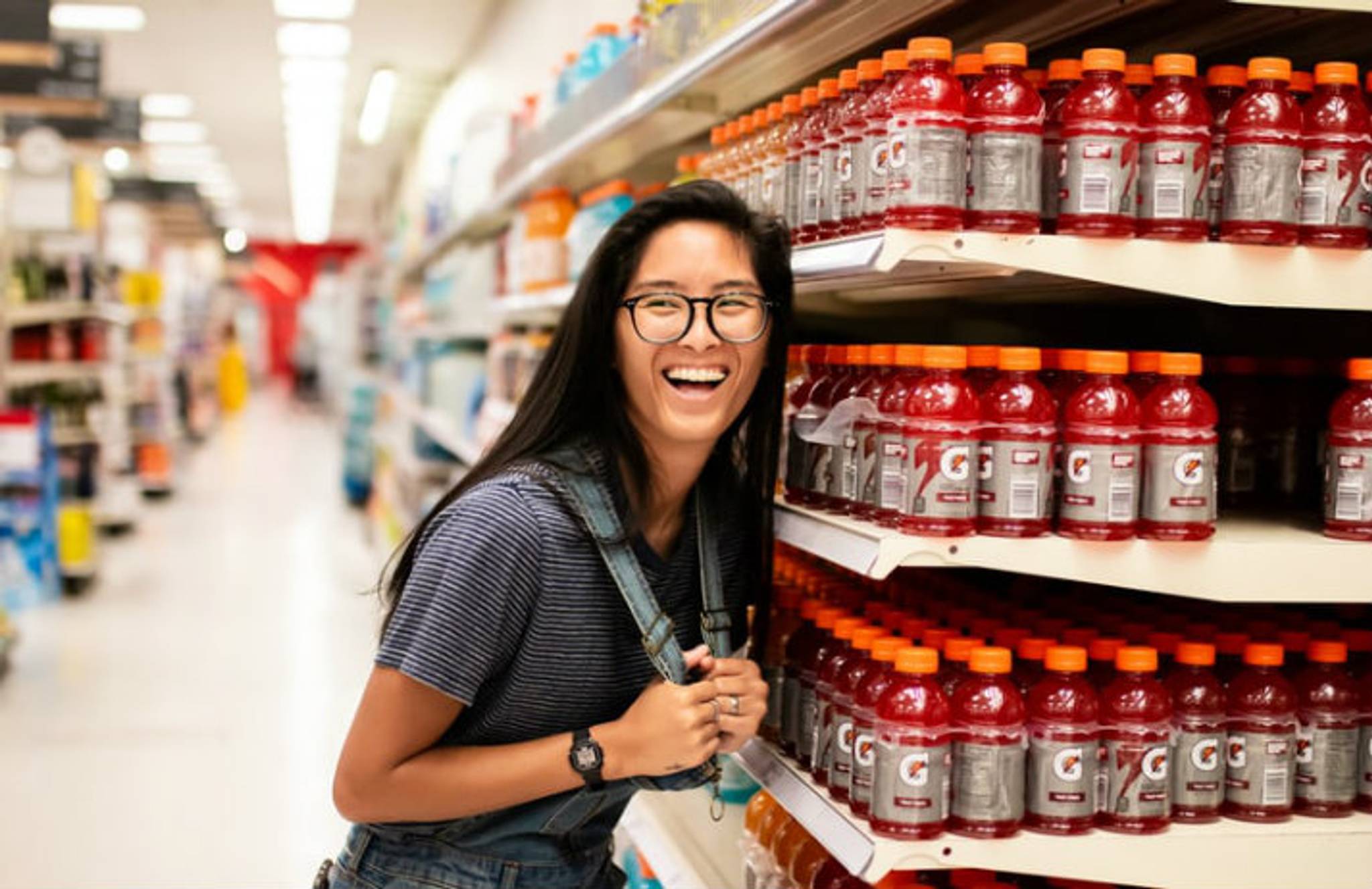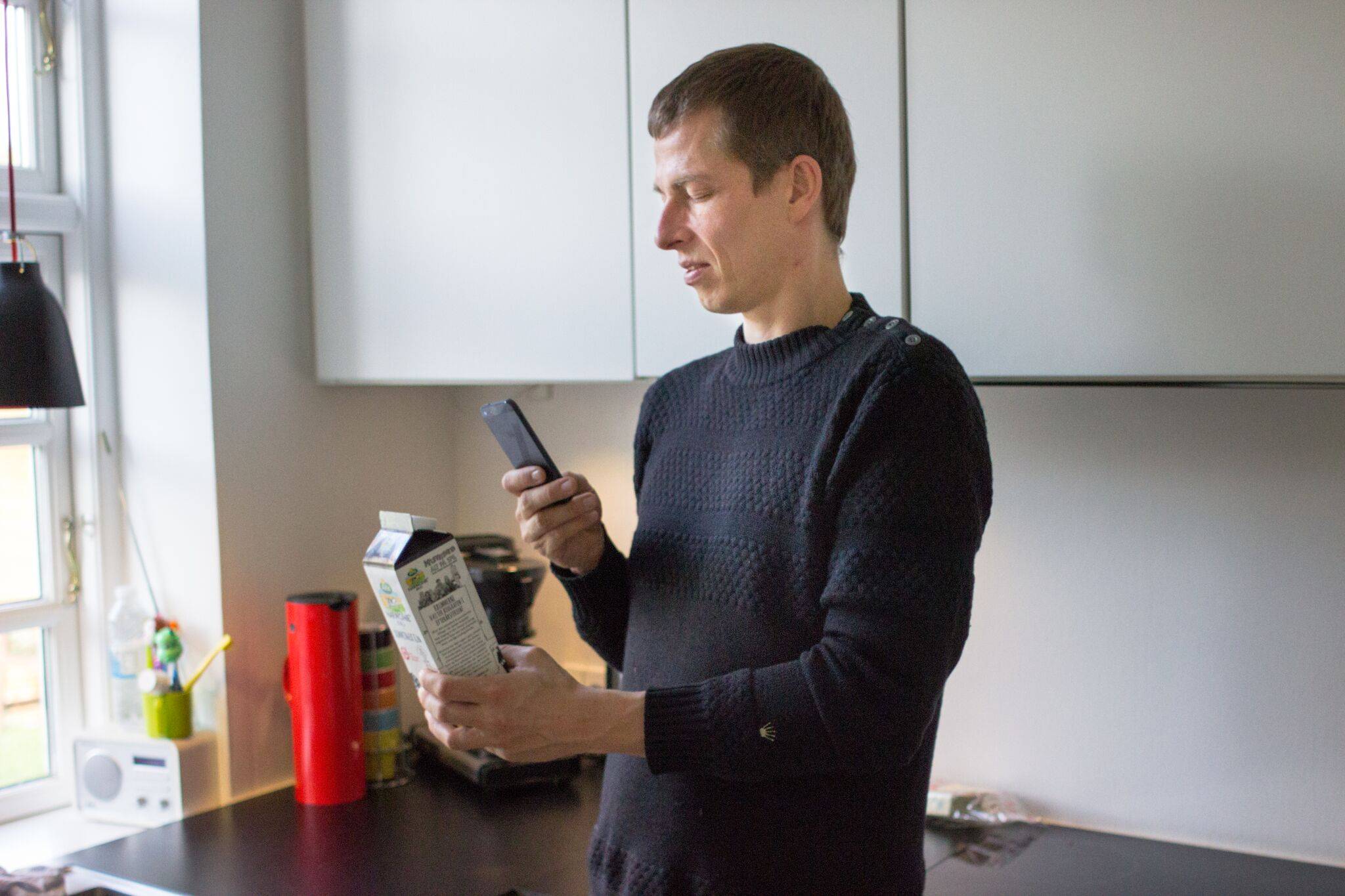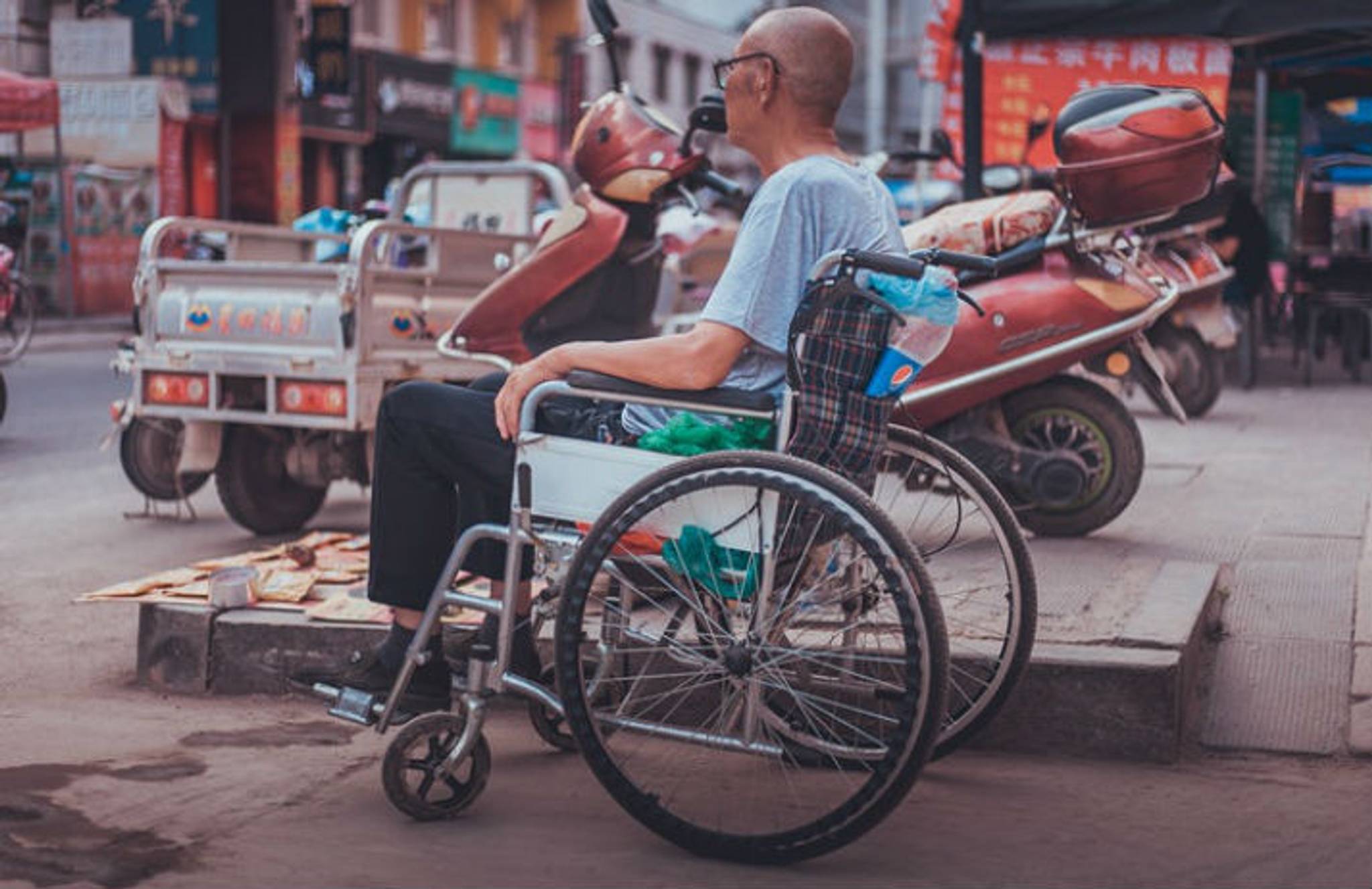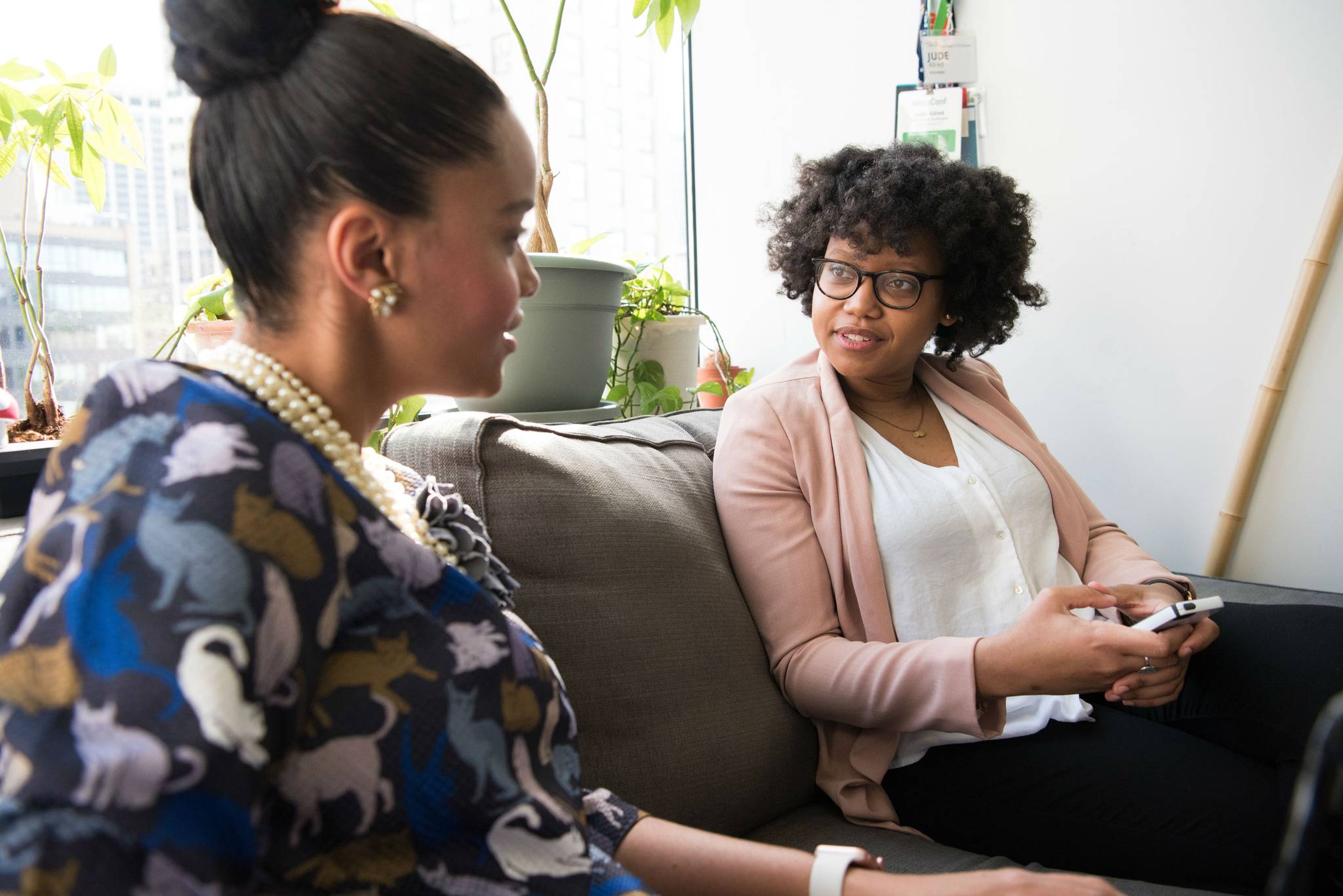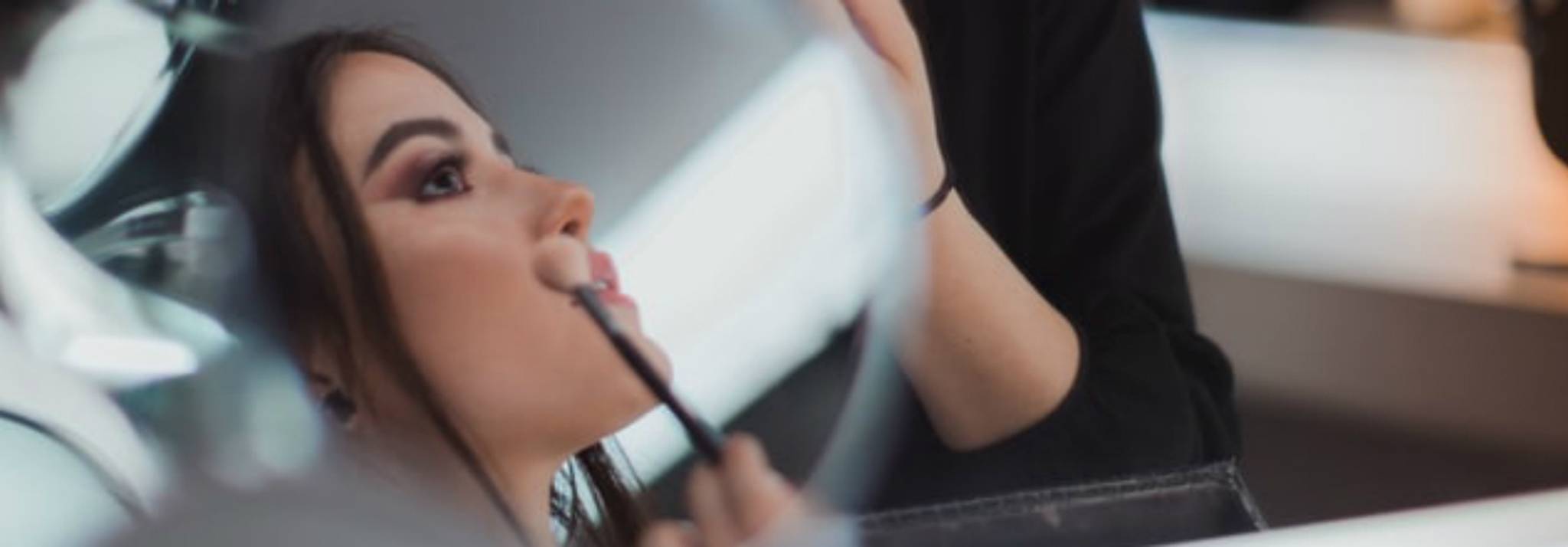
Catering to visually impaired people is becoming an expectation for beauty brands, with a growing number embracing inclusivity. Rising to demands for products that meet the needs of visually impaired and disabled people can offer significant value, helping to diminish social exclusion. We explore the insights behind this and why brands can benefit.
More and more beauty brands are recognising the importance of catering to visually impaired consumers. Dr. Jart, Whamisa, and Bioderma are a few of the companies that directly cater to blind consumers, and some 70% of L’Occitane’s products come with braille. Other companies use tactile symbols – such as raised stripes and lines – to help those visually impaired people who don’t use braille. That was the tactic P&G took in 2018 when it relaunched the Herbal Essences Bio:Renew line. “This can and will become the standard for the beauty industry,” says Sam Latif, P&G’s designer, who also happens to be blind herself.
An estimated 1.3 billion people have visual impairments globally, and 49% of disabled people in the UK feel excluded from society. As such, beyond economic benefits, brands that provide more inclusive products can also help to fuel change through the promotion of equality and a better quality of life. And with 71% of people thinking that it’s important for advertisers to reflect society accurately and 54% wanting to see more people with disabilities in adverts, it’s clear there’s a desire for openness around disability. Sainsbury’s is one retailer that has answered these demands, encouraging employees to learn BSL, for example, and make-up brand Grace has developed products that are easier for disabled people to use.
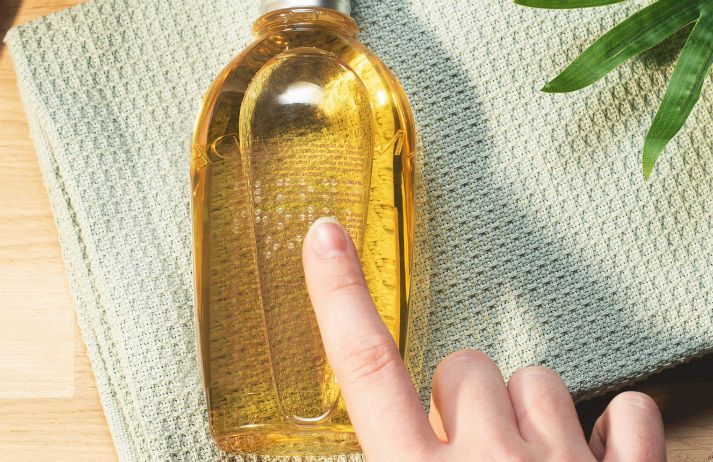
Given the growth of blind beauty influencers, people are recognising that a disability doesn’t have to be a barrier. Take Molly Burke for example – with nearly 2 million YouTube subscribers, she produces content that gives a transparent view into her life as a blind woman, addressing openness and transparency around disability. And it’s not only beauty brands that meet the needs of the visually impaired. Mimica Touch is a food label that responds to a foods environment, turning bumpy when the food has gone off. The packaging meets sustainability demands – by preventing unnecessary food wastage – while also being accessible for the visually impaired.
Sophie Robinson is a Junior Behavioural Analyst at Canvas8. She has a degree in Social Anthropology from the University of Manchester and always tries to deconstruct stereotypes of normality. When not questioning why she’s watching a short film or writing a screenplay.
